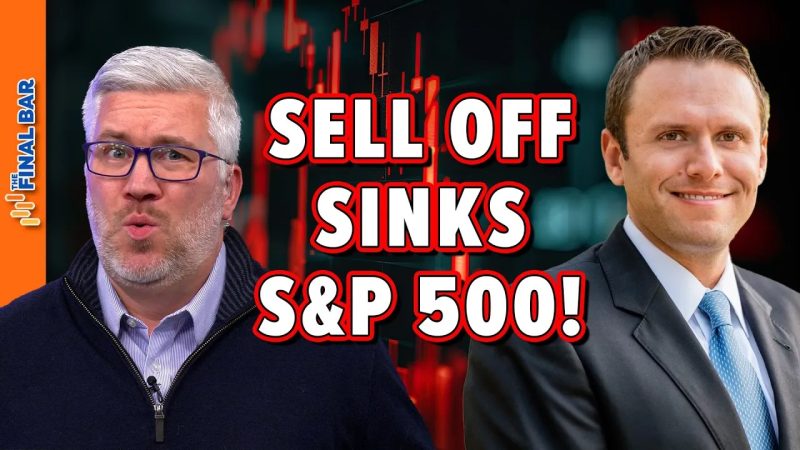The recent selloff in software and semiconductor stocks has sent shockwaves through the market, causing a sink in the S&P 500 index. The technology sector, which has been a major driver of market growth in recent years, faced significant downward pressure as investors reacted to a combination of factors impacting these industries.
One key factor contributing to the selloff was the concerns surrounding a potential slowdown in global semiconductor demand. The semiconductor industry is highly cyclical, and any signs of weakening demand can quickly lead to a sell-off in related stocks. Companies in this sector, which produce essential components for a wide range of electronic devices, are particularly vulnerable to fluctuations in demand, especially in the face of trade tensions and economic uncertainty.
Software stocks also took a hit as investors reassessed their growth prospects amidst the changing market dynamics. The software industry has been a high-growth sector in recent years, driven by the increasing digitalization of businesses and the adoption of cloud-based services. However, concerns about valuations and competition have weighed on some of the leading software companies, leading to a broader sell-off in the sector.
The broader market reaction to the selloff in software and semiconductor stocks highlights the interconnected nature of the stock market and the challenges of navigating volatile industry trends. As investors seek to balance risk and reward in their portfolios, understanding the underlying factors driving market movements is crucial.
Looking ahead, market participants will be closely monitoring developments in both the software and semiconductor industries to gauge the potential for a rebound. While short-term fluctuations are a natural part of the market cycle, a sustained downturn in these sectors could have broader implications for market performance.
Overall, the recent selloff in software and semiconductor stocks serves as a reminder of the importance of diversification and risk management in investing. By staying informed about industry trends and remaining vigilant in monitoring portfolio performance, investors can better navigate challenging market environments and position themselves for long-term success.
